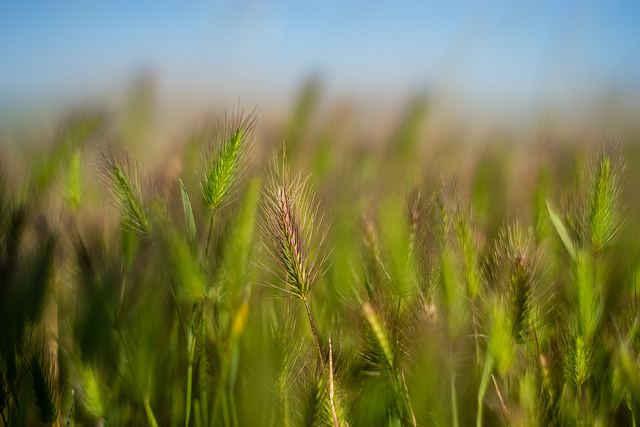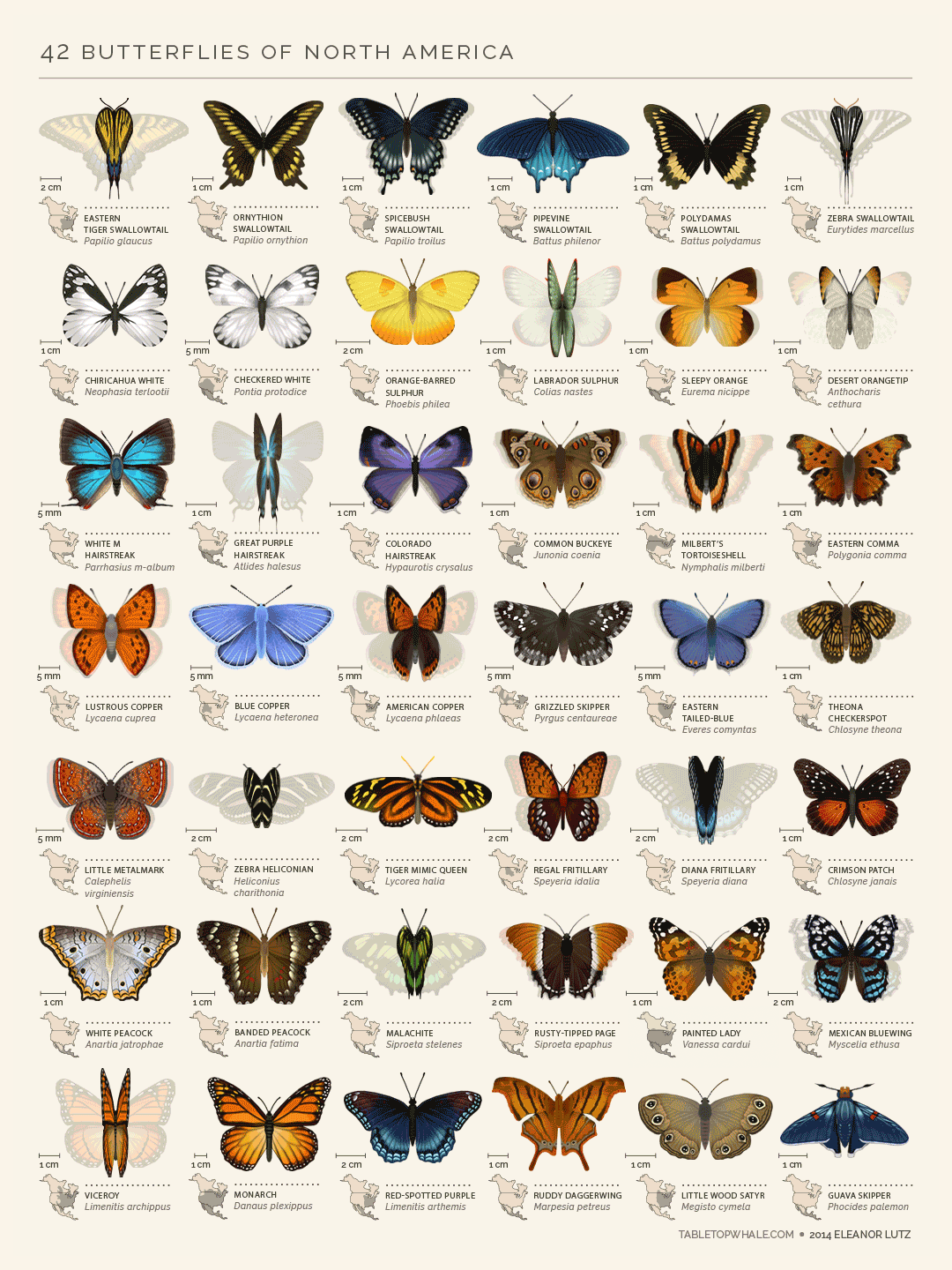Why we need the wild relatives (CWR) of our main crops
CWR is one of the abbreviations that are as unknown as they are important for the entire human race. It stands for Crop Wild Relatives and summarizes the wild, non-cultivated versions of our common food crops – wheat, sugar cane or peaches – to name just a few. Why are those wild versions important? Today’s cultivated varieties usually only produce fruit in certain environments, or under certain conditions – they would not be successful in the same way somewhere else.
However, wild crop varieties grow naturally under a much wider range of environmental conditions, and are still closely related to today’s crops. With the help of these varieties, farmers, scientists and others interested in crops are able to develop even more resistant and adaptable food sources (which is especially important in times of climate change and an explosively growing world population).
Having the examples mentioned above in mind, we find Aegilops tauschii, a relative of wheat that is resistant to the Hessian fly, a pest of cereal crops. We also see Saccharum arundinaceum, a relative of sugar cane that has the ability to survive very low temperatures. Or we see Prunus ferganensis, a wild version of peach, that is more tolerant to drought. Losing these wild varieties would mean losing the opportunity to breed resistant, stronger or more tolerant crops, if needed in the future (Source: BBC).
To raise awareness of this fact, scientists have just released the most complete database of wild crops to date. This database includes 173 crops and their 1,667 main wild relatives, along with their traits and location. The aim of this Atlas is to provide information on distribution and to collect priorities for the wild relatives of important crops. Exploring the map shows that many of the CWRs are growing in actual conflict zones in the Middle East, the cradle of all modern agriculture. And that adds a different, but not be underestimated, factor to today’s conflict situation.
Educational television, monkey style
Never let it be said that television is not good for your education! When it comes to group of wild monkeys in Brazil, TV is indeed very entertaining AND educational. The group learned new tricks after watching a video of other monkeys doing the same action.
A team led by the University of St. Andrews and the University of Vienna filmed a group of trained monkey performing different techniques to open fruits. That included pulling open a drawer or lifting a lid, as the St. Andrews reports on the university’s website.
These recorded actions were replayed to the group of wild living monkeys in the Brazilian jungle. The video set, placed in a protective case arouse a lot of interest among the primates. They watched the trained monkeys’ performance and afterwards used their new learned abilities to work with a transparent box that included the treat, sitting below the screen.
Dendrogramma, a #speciesoftheweek that could rewrite the tree of animal evolution

Dendrogramma by Jorgen Olesen, Figure 1. Dendrogramma gen. nov., doi:10.1371/journal.pone.0102976.g001
Almost 30 years ago, Biologist Jean Just and his colleagues took samples from the deep sea close to Australia. They used some kind of a wire-mesh cage, dragged by a rope on a ship, to skim the top layer of soil from the ocean floor at 400 and 1000 meter depth. These cages dug out and carried away everything that could not escape fast enough. Among the findings were mushroom-shaped organisms. And in 1986 the scientists had no clue what they had brought to their lab.
So the just a few millimeter sized creatures went the way of all still to be classified findings – and there had been a lot in the cages – it was conserved in the best possible way, in alcohol. Unfortunately, this conservation method is not approriate for any moleculobiological analysis after such a long time, to determine the species’ origin. But it was obvious to the researchers, that even though the organisms shares some of it’s features with comb jellies and Cnidaria it does not belong to either one of them. The species, they named Dendrogramma during the process, does neither feature stinging cells or tentacles (as Cnidaria) nor the typical sensory organs of comb jellies.
Now they know that they had discovered something very special, a new genus: Dendrogramma. And on top of that with two new species named Dendrogramma enigmatica and Dendrogramma discoides.
What does this discovery mean for the family tree of the animal species?
Having found animals that can not be classified to any existing animal group could help to get a clearer view on the evolution of animal kingdom at all. The National Geographic quotes Leonid Moroz, a neurobiologist at the University of Florida: If the new species turn out to be descendants of early animals, the find could “completely reshape the tree of life, and even our understanding of how animals evolved, how neurosystems evolved, how different tissues evolved.” An he adds: “It can rewrite whole textbooks in zoology.”
The research has only just begun.
Globalisation is cutting the tongue – the high-speed extinction of spoken languages
What do you think, how many languages are spoken worldwide? The sheer number is incredible – 7000 different tongues can be heard all around the world, our #numberoftheweek. Due to our more and more globalized world a lot of these languages are on the brink of extinction.
Thankfully, Tatsuya Amano, a zoologist at the University of Cambridge (UK), and his colleagues have set up a database to document the languages of the world. The database is called Ethnologue and it provides the number and location of surviving fluent speakers – and is the first one to do this on a global scale.
One of the main reasons for a cut in tongues is said to be economic growth. As ZMEScience writes, “young natives flee to burgeoning urban centers to find jobs, the tongues of their ancestors die with the little remaining old populations that still choose to live in their homelands and retain their ancient customs.”
Every two weeks a languages dies with it’s last speaker. And the situation is comparable all around the world. About one quarter of all languages has fewer than 1000 remaining speakers, the ZMEScience states. Linguists think that about 3000 of the almost 7000 languages listed in the Ethnologue archive will become extinct within the next century.
But it does move!
Eleanor Lutz, an designer and molecular biologist from Seattle has obviously a crush on the most beautiful butterflies. And because is absolutely unlikely to see all of them in one place at the very same time, she did an animated gif of 42 of the most adorable North American ones. On her website tabletopwhale.com she says that she had “checked out six butterfly field guides from the library and picked out some of the species I thought were the most unique and beautiful.” The animation is meant as a chart of illustrations, she adds, rather than an educational infographic. However, the drawings seem very true to life.












Feedback